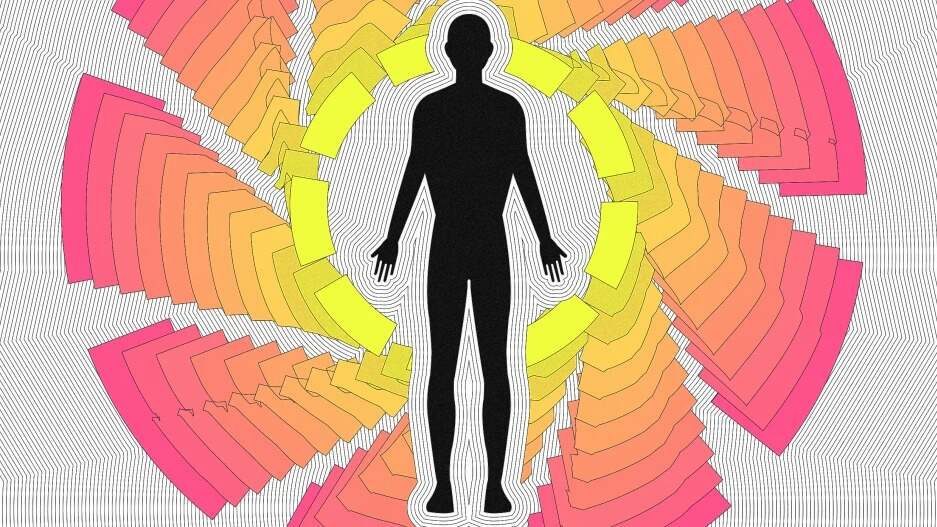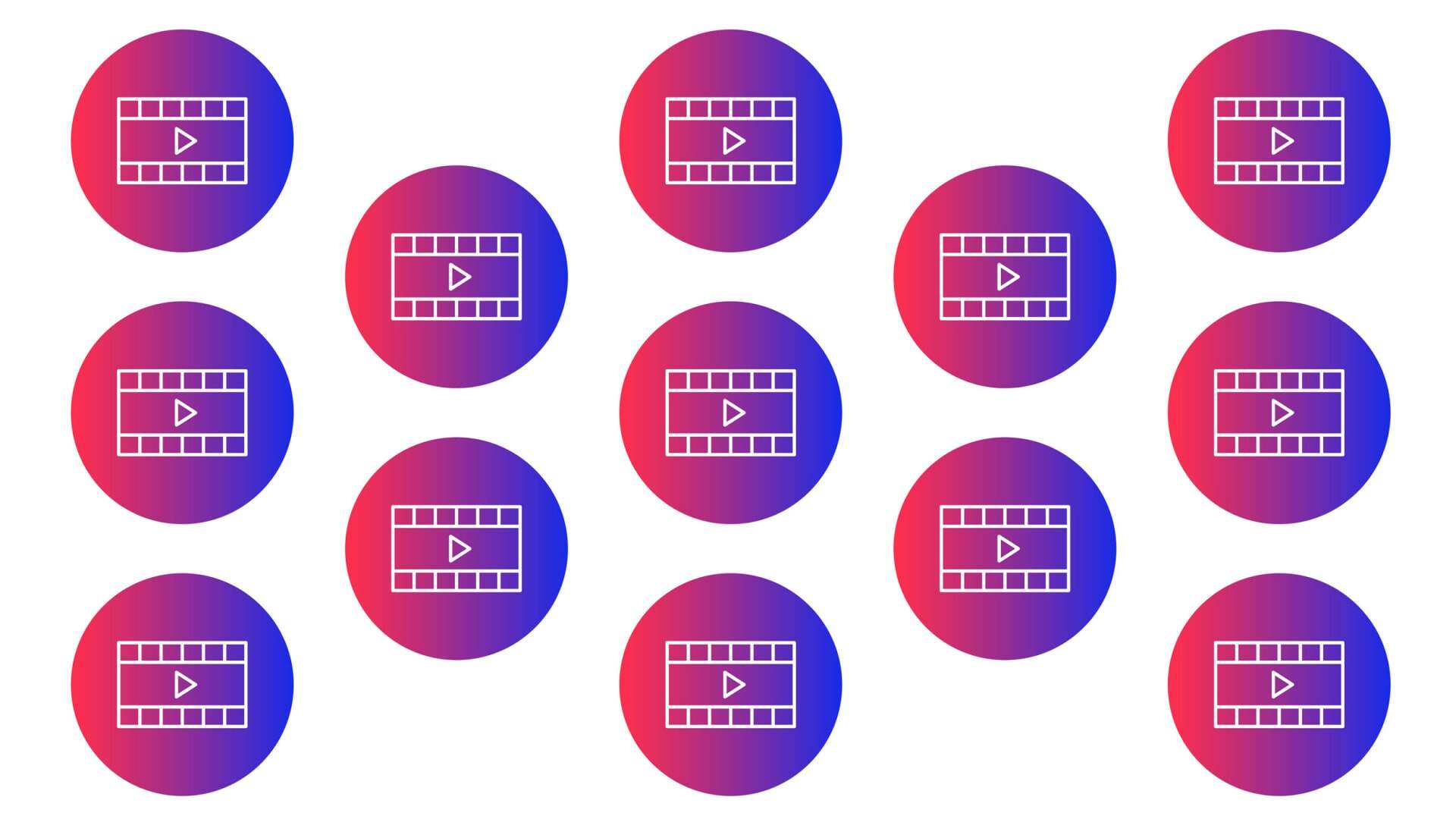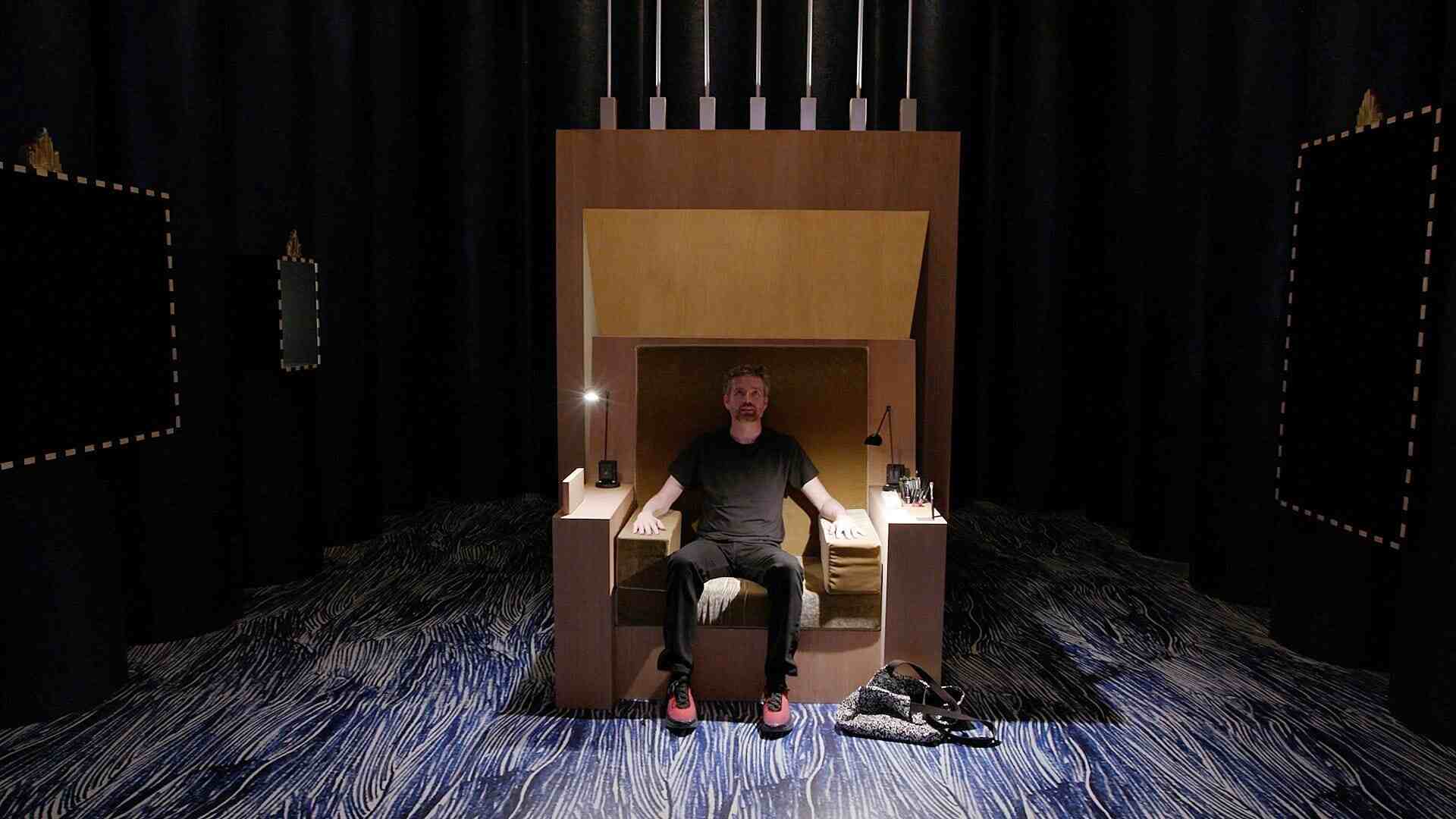- | 9:30 am
Here’s why human-centered design is so important
Human-centered design offers a more holistic and people-driven approach to problem-solving and product development. Here’s why this hands-on method has continued to be popular among inventors and design professionals.

Human-centered design is believed to have been born out of the Stanford University design program in 1958—when Professor John E. Arnold suggested that engineering design should be human-centered and focused on positive and long-lasting change. The concept has since expanded into numerous fields beyond engineering— including psychology and anthropology—and continues to provide a creative problem-solving solution to help push innovation forward in a practical manner that is grounded in human well-being and user satisfaction.
So what exactly is human-centered design—and how does it help to solve actual human and community needs? Here’s everything you need to know about the human-centered design concept including what the process looks like and how human-centered design thinking can often result in even better innovation and solutions than buzzy technological advancements.
WHAT IS HUMAN-CENTERED DESIGN?
Human-centered design is, at its core, the concept of creating and inventing products and services that respond to a problem or fill a void that will help propel human well-being, improve user experience, and reduce human discomfort or stress. The design process involves human brainstorming and context at every level of the problem-solving process as opposed to using technology or artificial intelligence to propel a concept or product forward.
The human-centered design concept is an extension of the concept of participatory action research; using real human behavior and responses to poke holes in projects or provide the chance to improve upon existing products or services for the sake of increasing the overall user experience or providing innovative solutions to problems in a given community or group of people.
Although human-centered design is most often used to improve upon or resolve problems in the health and wellness space, it’s becoming a popular methodology for testing and improving the technology used in our day-to-day lives. The most common example of human-centered design in technology was the participatory action research that resulted in Apple modifying the iPhone to offer distinct features that help increase the overall UX; as a result, Blackberry phones were proven to have much less human usability than the iPhone.
WHAT IS THE DIFFERENCE BETWEEN HUMAN-CENTERED DESIGN AND DESIGN-THINKING?
Design-thinking is at the root of human-centered design—but the concept zooms out in order to look at a problem or invention at a larger scope and without the same level of attention to detail that human-centered design puts forth.
Design-thinking is a concept that involves creating solutions, processes, and products that are specifically designed to solve a problem or create a better workflow that can easily be adopted by specific groups of people and communities. The process involves learning about a specific subset of people or a target audience and empathizing with their needs or holes in services before coming up with solutions or inventing products that can easily be put to use immediately and, of course, earn capital and make money from the solution.
Human-centered design takes the design-thinking concept one step further in order to properly ensure a product will enhance the lives of consumers rather than just become a novelty. Applying human-centered design on top of design-thinking involves getting to know the objectives and goals of a particular audience to ensure inventors and product teams are creating services and products that will enhance the lives of the consumer rather than simply pique their interest.
WHAT IS THE HUMAN-CENTERED DESIGN PROCESS?
The human-centered design process puts real people at the forefront of research and innovation in hopes of actually providing a solution (that could be a product, process, or service) to a real life problem or hole in the market that has the potential to improve the lives of a community of specific demographic.
The final goal of the human-centered design process is to provide a positive and long-term impact for the demographic or community that the product has been designed for. The process involves empathizing with a demographic or hole in the consumer market, ideating on exactly how the solution could best help real humans, and implementing a prototype.
The human-centered design process will also borrow concepts from participatory action research and take real consumer/human feedback into consideration in order to ensure an optimal solution or product that will make positive change for said demographic. The testing phase is also a key part of the innovative process as it ensures that the general population won’t just adopt a new solution or product but that it will actually improve the lives of those who use the product.






































